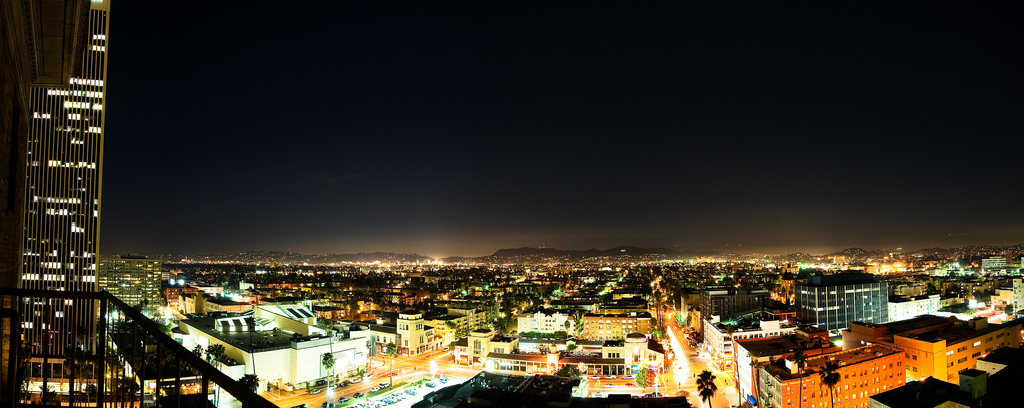
Thirty years ago, the term “Koreatown” was specifically used to describe ethnic enclaves for newly arrived Korean immigrants. But now, the definition of “Koreatown” is changing. As Korean Americans assimilate in the United States, these districts evolve as well.
Here are examples of three different types of Koreatowns and the people who live in them across the country:
- Koreatown, Los Angeles, California Type: Ethnic Enclave
Total Korean Population: 230,876
Total Asian Population: 1,550,573
Total County Population: 9,818,605 (2010 Decennial Census SF-1 data)
Los Angeles boasts the largest concentrations of Korean Americans in the country. The city officially recognized Koreatown as a special graphics district in 2008, but the history of Koreans in Los Angeles dates back decades. The first major wave of Koreans occurred in the 1960s when the Hart-Celler Act abolished immigration quotas. Central Los Angeles became a hub for Korean Americans because of its affordable housing and job opportunities. “The Koreatown in Los Angeles is a prime example of an ethnic enclave,” said Edward Park, Professor of Asian Pacific American Studies at Loyola Marymount University. “Ethnic enclaves are formed out of necessity and are communities where new immigrants have settled and find others who speak a common language so they can get adjusted to life in America.” - Koreatown, Duluth, Gwinnett County, Georgia
Type: Education Hubs
Total Korean Population: 23,172
Total Asian Population: 94,581
Total County Population: 805,321 (2010 Decennial Census SF-1 data)
As Korean Americans adjusted to life in the States, their socioeconomic status increased. Koreans soon moved out of the cities and into the suburbs with high quality school districts. “I call them education hubs,” said Park. “Atlanta’s Koreatown is an important model for future Koreatowns because they’re going to be in the suburbs. Many of these families move to these places so their children can go to good schools.” Atlanta’s Korean community is one of the fastest growing in the country. It’s centered in the suburb of Duluth, which is about a 30 minute drive from the city. It features an array of Korean-owned supermarkets, hair salons, and other businesses. “These Koreatowns are not forming because people can’t find housing in some neighborhoods,” said Park. ”They are forming because of entrepreneurs and real estate developers who are trying to catch fire by building an ethnic business hub.” This type of Koreatown started to appear in the late 1980s and 90s. They’re now larger than traditional enclaves like Los Angeles. “In the 80s, it was unimaginable to leave Seoul to move into a fancy suburb,” said Park. “You go into an ethnic enclave where you slave away for ten years and then you buy a house. But that middle stage is now done away with, so now in Atlanta, you see Korean Americans moving directly into the suburbs.” - Koreatown, San Jose, Santa Clara County, California
Type: trans-Pacific Communities
Total Korean Population: 31,591
Total Asian Population: 636,298
Total County Population: 1,781,642 (2010 Decennial Census SF-1 data)
The third model of Koreatown breaks the old stereotype of the Korean immigrant, said Park. In communities like San Jose, South Korean companies come to the US and bring South Korean employees. This type of Koreatown is known as a trans-Pacific community. “San Jose is a good example of this type of community,” said Park. “The Korean community exists there because companies like Samsung and LG want to be in the heart of Silicon Valley.” These new immigrants come to the states with different resources than the wave of Korean immigrants who arrived in the 1960s. South Korean nationals arrive with an L-1 Visa, a work visa. A big attraction for these workers to come to the US is the opportunity for their children to get an American education. “But these South Korean immigrants are not your traditional immigrant story,” said Park. “They’re not poor who have to take odd jobs to make ends meet. They arrive wealthy and work for multibillion dollar companies.” The Korean population was evenly split between San Francisco and Oakland, but now San Jose outnumbers both because these South Korean companies have moved into the area. This new type of Koreatown clusters around these transnational companies, said Park.
